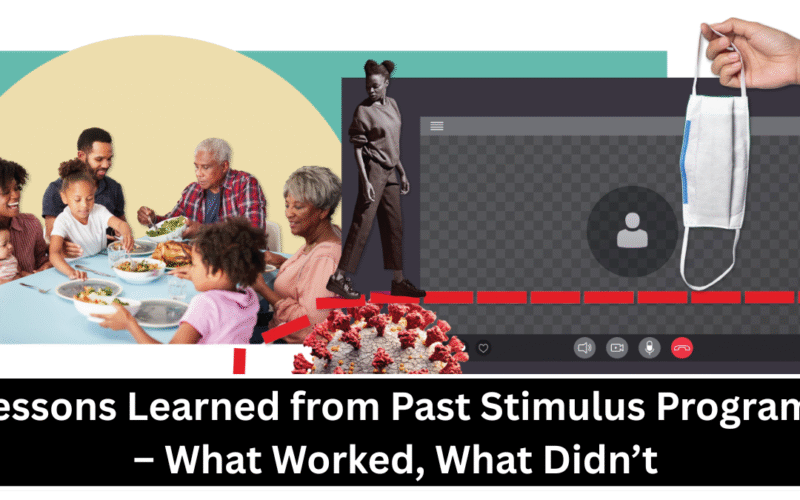During times of financial crisis, governments around the world often launch stimulus programs. These are large packages of money and support designed to help people, businesses, and the overall economy. In the United States, major stimulus efforts were seen during the 2008 Great Recession and the COVID-19 pandemic in 2020–2021. These programs aimed to provide quick relief to families, prevent job losses, and keep businesses running. While some efforts worked well, others had mixed or unexpected results. Looking back helps us understand what to do better next time.
Main Focus: U.S. Economic Stimulus Packages
When people talk about stimulus programs, they are usually referring to efforts like direct cash payments, unemployment benefits, business loans, and infrastructure spending. For example, during the COVID-19 pandemic, many Americans received stimulus checks of $1,200 or more. The government also gave more money for unemployment and created programs like the Paycheck Protection Program (PPP) to help small businesses stay afloat. These programs were big and costly, but they were also lifesaving for millions.
Some programs were clearly successful. For example, direct payments helped families buy food, pay rent, and keep the economy moving. The extra unemployment benefits gave people time to find new jobs without falling into poverty. On the other hand, programs like PPP had some problems. While it helped many small businesses, some large companies also took advantage of it, and there were cases of fraud.
Stimulus programs can be powerful tools when used correctly. They can stop a recession from getting worse and help people during tough times. However, they must be carefully planned and monitored to avoid mistakes, fraud, or waste. Future programs should be more targeted, transparent, and fair. Learning from past experiences will help governments make better decisions when the next crisis hits.
FAQ’s:
Q1. What is a stimulus program?
A1. A stimulus program is when the government gives money or support to help people, businesses, and the economy during a financial crisis.
Q2. What was one of the biggest U.S. stimulus programs?
A2. The COVID-19 relief packages in 2020–2021 were among the largest in U.S. history. They included stimulus checks, expanded unemployment, and small business loans.
Q3. Did all parts of the stimulus work?
A3. No, some parts worked very well—like direct payments to people—while others, such as the PPP loan program, had problems with fraud and misuse.
Q4. What can be improved in future stimulus efforts?
A4. Future stimulus plans should focus on being better targeted, easier to manage, and protected from fraud or unfair use.
Q5. Why is it important to study past stimulus programs?
A5. Understanding what worked and what didn’t helps us avoid mistakes and create better programs in the future during emergencies.
